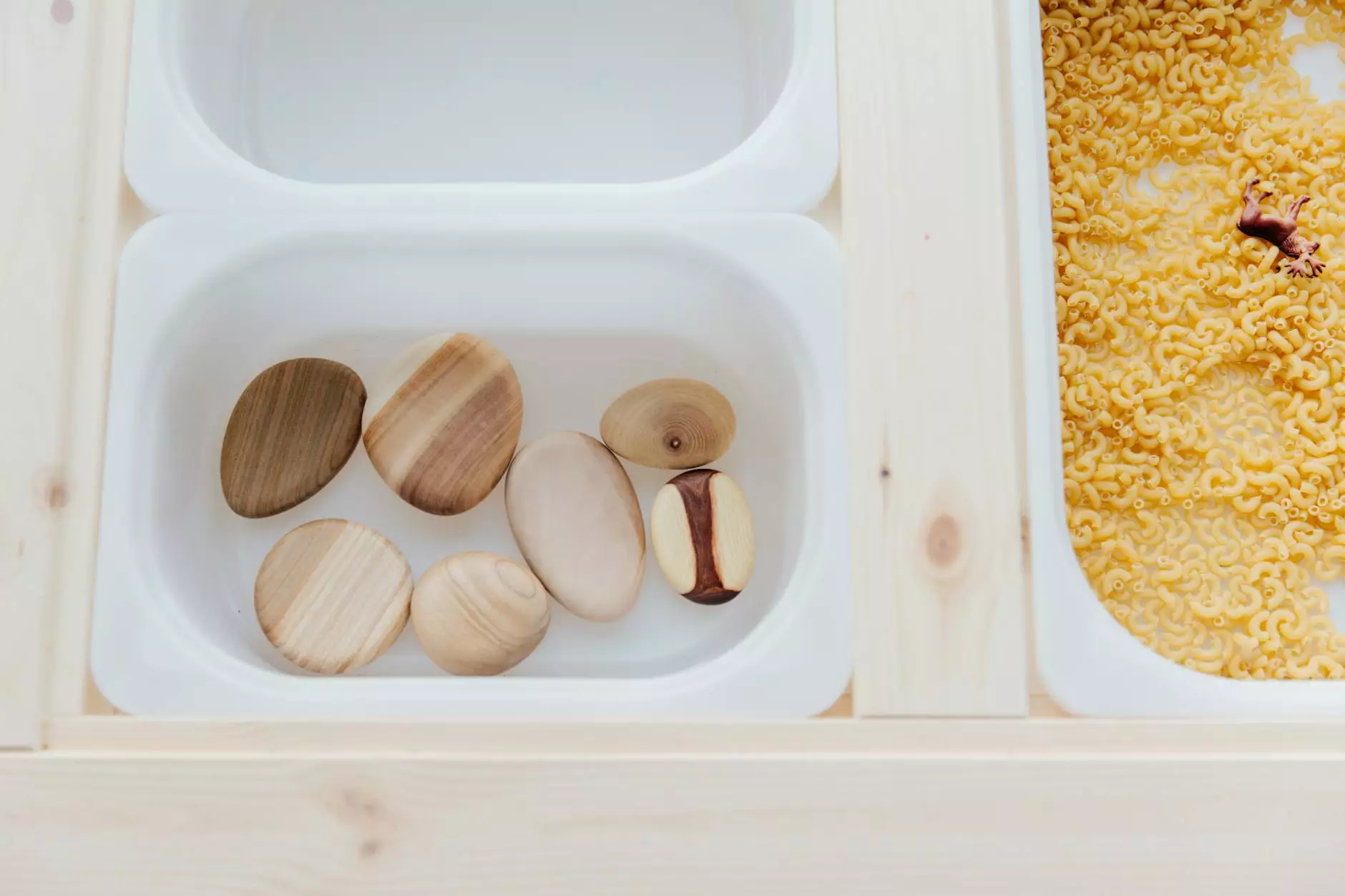Summer of Science Celery Experiment!
Book Reports
Introduction
Welcome to The Knowledge Nest's Summer of Science Celery Experiment! In this exciting experiment, we explore the wonders of celery and delve into the scientific principles behind its amazing properties. Discover how celery absorbs water, observe color changes, and learn about osmosis, capillary action, and more!
Why Celery?
Celery may appear as a simple vegetable, but it holds intriguing properties that make it a fascinating subject for scientific exploration. Its long, fibrous stalks are composed of tiny tubes called xylem that transport water and nutrients throughout the plant. By conducting this experiment, you can witness the incredible processes at work within celery.
Materials Needed
- Fresh celery stalks (with leaves, if possible)
- Glass or jar
- Water
- Food coloring (optional)
Experiment Procedure
Follow these step-by-step instructions to conduct the Summer of Science Celery Experiment:
- Fill the glass or jar with water.
- If desired, add a few drops of food coloring to the water. This will create an eye-catching effect and allow you to observe the movement of colored water through the celery.
- Trim the base of the celery stalks and place them upright in the glass/jar, ensuring that the cut ends are submerged in water.
- Observe and record any changes in the celery stalks over time.
Understanding the Results
As you closely observe the celery, you will notice remarkable changes. These changes occur due to two primary scientific phenomena: osmosis and capillary action.
Osmosis
Osmosis is the process by which water molecules move from an area of higher water concentration to an area of lower water concentration through a semi-permeable membrane. In this experiment, water is drawn up into the celery stalks, causing them to become turgid and firm.
Capillary Action
Capillary action is the ability of a liquid, such as water, to flow through narrow spaces against the force of gravity. The xylem tubes within the celery stalks act as capillaries, enabling water to travel upwards. This phenomenon allows the colored water to gradually reach the leaves, visually demonstrating the capillary action process.
Additional Insights
Here are some additional insights and tips to enhance your understanding of the Summer of Science Celery Experiment:
- Feel free to conduct multiple experiments with varying conditions, such as different water temperatures or concentrations of food coloring. This will expand your knowledge and enable you to compare outcomes.
- Make precise observations by recording changes in the celery stalks over specific time intervals. Note any differences in color, texture, and overall appearance.
- Explore the impact of external factors, such as temperature or humidity, on the celery's absorption and coloration processes. This will deepen your understanding of how plants respond to their environment.
Conclusion
The Summer of Science Celery Experiment is a captivating way to engage with the scientific wonders of celery. By conducting this experiment, you can gain a deeper understanding of osmosis, capillary action, and the transport systems within plants. Enjoy the journey of discovery and let your curiosity flourish!
Explore more fascinating science experiments and educational content at The Knowledge Nest, your premier online destination for community and society resources.









